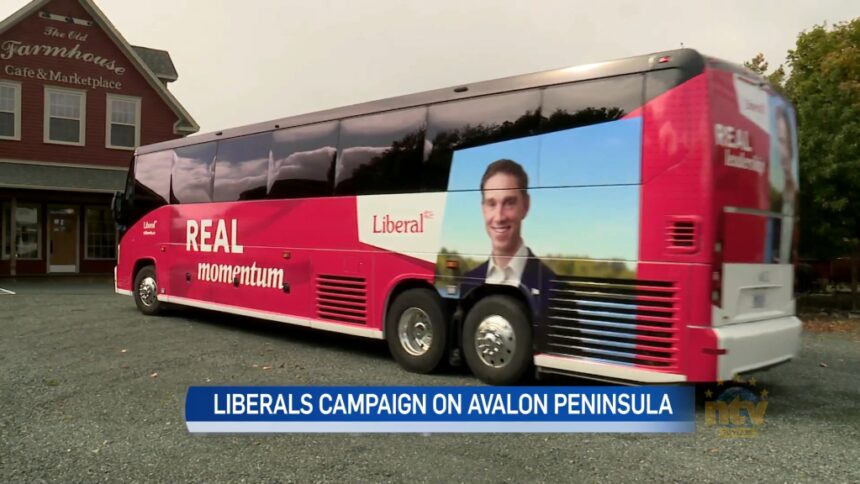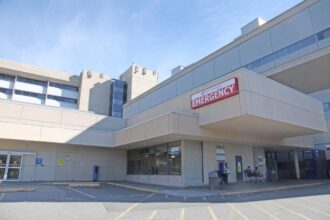With just one week remaining before Canadians head to the polls, Liberal candidate John Hogan has intensified his campaign focus on what polls suggest are voters’ top concerns: health care reform and the escalating cost of living crisis. During a packed town hall in Toronto yesterday, Hogan outlined his vision for a “more accessible and affordable Canada” while taking direct aim at his Conservative opponent’s economic platform.
“The choice facing Canadians couldn’t be clearer,” Hogan told the crowd of approximately 400 supporters. “We can either strengthen our public health care system and provide immediate relief to families struggling with rising costs, or we can embrace austerity measures that will only deepen existing inequalities.”
According to recent polling data from the Canadian Institute for Public Opinion, healthcare access has emerged as the primary concern for 68% of likely voters, followed closely by inflation and housing affordability at 64%. Hogan’s campaign has strategically pivoted to address these issues head-on, proposing a $32 billion healthcare package that would increase federal transfers to provinces specifically earmarked for reducing surgical wait times and expanding primary care services.
Economic experts have offered mixed reviews of Hogan’s fiscal proposals. Dr. Elena Mikhailova, Professor of Economics at the University of Toronto, notes that “while the investment in healthcare infrastructure is badly needed, questions remain about long-term funding sustainability given current deficit projections.”
On the cost of living front, Hogan has promised immediate relief through an enhanced Canada Child Benefit, temporary GST holidays on essential goods, and a comprehensive housing affordability plan that would construct 250,000 new affordable housing units over four years.
“The housing crisis isn’t just about ownership – it’s about dignity,” Hogan emphasized during a morning press conference at a Toronto community housing complex. “Every Canadian deserves a safe place to call home that doesn’t consume their entire paycheck.”
Political analysts suggest Hogan’s intensified focus on kitchen-table economics represents a strategic shift as his party tries to regain ground lost in recent weeks. The latest CO24 Politics tracking poll shows the race tightening, with Hogan’s Liberals now within three percentage points of the leading Conservatives.
Dr. Marcus Chen, political scientist at McGill University, observes that “Hogan is making a calculated bet that economic anxiety will ultimately drive voter behavior more than other campaign issues. The question is whether voters trust his party’s solutions after their previous term in office.”
The campaign’s final week will see Hogan embarking on a whirlwind tour of key battleground ridings across Ontario and Quebec, where several close races could ultimately determine the election outcome. His campaign has confirmed stops in Hamilton, Ottawa, Montreal and Quebec City before returning to Toronto for election night.
As Canadians prepare to make their decision, the fundamental question remains: which party’s vision for addressing healthcare and affordability challenges will resonate most with a population increasingly concerned about their economic future and access to essential services?














